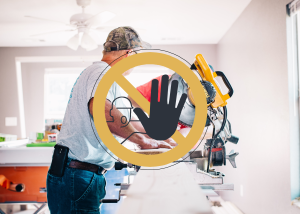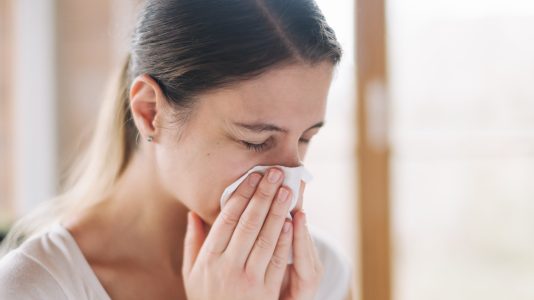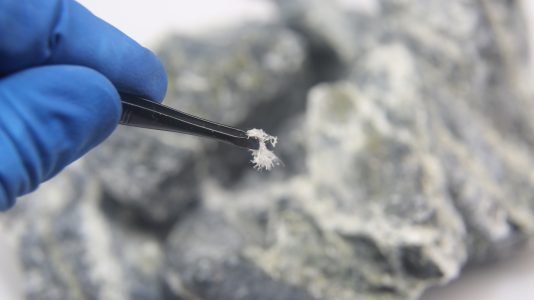How to Measure the Air Quality in your Home ?
September 16th, 2021
During the warm season, our home windows are often open and we spend a lot more time enjoying the weather outside. It is rarely during this season that we worry about the quality of the indoor air. As the cold season will inevitably return and with it, the increase in time spent indoors, it will become appropriate to question the quality of the air we breathe. How to measure the air quality at home? The following blog post will give you some tips on how to breathe comfortably at home.
Clues to poor air quality
There are certain signs that can alert us to air quality problems. Itchy or watery eyes, an itchy, burning or irritated throat, and itchy skin are all symptoms that can alert you. Although these symptoms may have other causes than poor air quality, this reason should not be dismissed so quickly.

Call an expert
If you have any doubts about your indoor air quality, it is important to call an expert to assess the situation. He or she can then visit your home with you, inspecting each room (ventilation, furniture, heating, floor coverings, walls and ceilings). He will ask about your living habits, the work done in the last few months or currently in progress. He will then measure the level of biological pollutants, i.e. dust mites, moulds, animal allergens, plants, etc., in addition to measuring the levels of chemical pollutants such as volatile organic compounds (VOC), formaldehyde, etc. This evaluation will give you a clear and reliable picture of your indoor air quality and will give you a precise idea of the measures to take to remedy any problems detected.
Preventive measures
Several preventive measures can be put in place to improve indoor air quality. For example, it is recommended to limit humidity. Indeed, excessive humidity leads to the development of dust mites, moulds and bacteria. To do this, remember to run the hood when you cook, turn on the bathroom fan, and dry up any water spills immediately. If necessary, you can use a dehumidifier.
Your choice of materials for renovating or decorating is also important. Be sure to choose paints, solvents, glues and varnishes that are low in volatile organic compounds. During renovation, try to minimize the dust generates by working outdoors whenever possible.

Also make sure to maintain your ventilation equipment. Dust and debris soon accumulate and pollute the indoor air. Regular maintenance of this type of equipment is strongly recommended.
This advice may seem simplistic, but clean regularly. You can significantly improve your indoor air quality by removing dust, allergens and contaminants by regularly vacuuming with a Hepa (high efficiency fine particle) filter.
If you have any doubts about your indoor air quality, don’t hesitate to call home inspectors. They will be able to give you the facts about the situation and suggest the best solutions to remedy your air quality problems.




